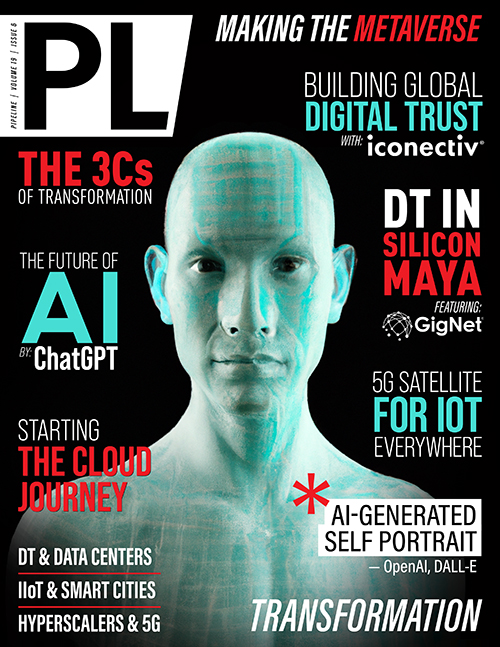How Regional Data Centers Are
Driving Digital Transformation
For IoT: data center capacity needs to be scalable to meet the staggering amount of data that is generated. With lower latency also becoming a need, users expect 24/7, everywhere access to data and services.
AR/VR: technology depends on ultra-low network latency and must be hosted close to users and devices. Edge data centers are needed for AR/VR technologies to host distributed workloads and optimized for distributed applications and data for the best performance.
While they were once dispersed, regional data centers are expanding at a rapid pace. Submarkets around existing data center corridors especially in the Midwest are emerging: Quad Cities, IA; Springfield, MO; Davenport, IL; Peoria, IL; Champaign, IL; Springfield, IL; and St. Louis, MO, to name a few. Overall, the Midwest boasts a wealth of carriers and low-latency connectivity options to both the East and West coasts. With cutting-edge colocation facilities throughout the region, most are capable of more than 100Gbps connections, so it is possible to effectively host various applications away from core business operations with guaranteed content and service delivery where and when it’s needed. Lastly, this region provides customers with significant cost savings (compared to Tier 1 markets) especially when coupled with various tax incentives.
Sustainability: a data center ‘need to have’
The data centers of yesteryear were not environmentally friendly. They were not made for water-constrained environments, do not cool efficiently, and were not built with renewable energy in mind. As emissions from data centers reach more critical levels, companies have made pledges to reach net zero emissions and utilize renewable energy sources, all to focus more on developing green data centers.
Today, data centers have done a 360 on their construction, building, and operations in light of climate change. From the equipment and energy that is consumed to the cooling needed to operate, customers are demanding that the data centers they work with also meet their own environmental, social, and corporate governance (ESG) goals. This means having a sustainability roadmap with the steps a data center will take and a goal date of when the operator will be carbon neutral. Here are a few elements that can be considered on this journey.
The carbon footprint. For data centers, this can be determined from its build, purchased equipment, and daily operations, to its end-of-life disposal of equipment. Hardware and infrastructure equipment make up most of a data center’s carbon output.
Offsetting its energy usage with renewable energy sources. Data centers were once seen as the largest consumers of energy. Today, they are slashing use by utilizing renewable energy sources like solar and wind—but these can only offset so much. A popular trend in data center energy management is implementing energy load-matching strategies as an approach for long-term decarbonization. It is ideal for regional data center operators to localize renewable energy purchases. Localized energy matching means purchasing renewable energy where and when low-carbon sources are more abundant because there are limitations to solar and wind energy, which can be unevenly distributed based on geographic location.
Water usage. Data center operators also have the ability to limit their water usage (necessary for cooling equipment within a facility) by leveraging closed-loop water systems. When a closed-loop system isn’t achievable, there are ways of partnering with local organizations to reuse the facility’s water without dumping it down the sewer.
Heat output. Data centers are finding ways to utilize the heat output of their facilities in creative ways. The simplest approach is to funnel the heat into other rooms or buildings on the campus.
Data centers that adopt a holistic sustainability approach are ideal as they address enterprise customers’ environmental, financial, compliance, and efficiency considerations. This 360-degree approach can safeguard the environment while lowering long-term operating costs for emerging and technology-driven markets. With major tech players leading the way, data center sustainability is not going away. As Internet traffic volume continues to increase, data center operators will need to continue learning how to mitigate their energy consumption and carbon emissions.
DT and the data center
As an enterprise customer going through a digital transformation, it is good to look around you for a data center provider. Understand your needs today and tomorrow to find one that can handle your data consumption, hybrid cloud, cloud migration, or even edge data center needs. Believe it or not, your data center provider could be in your own backyard, considering the surge in Tier 2 markets. Considering everything that points to current and future growth for your business, be sure your data center partner meets your company’s ESG goals or even surpasses them. Because everything points to growth, know that the data center you partner with is moving to net zero, and is creating a clean energy infrastructure that is both environmentally friendly and resilient enough to serve you in the next generation of the digital economy.



















